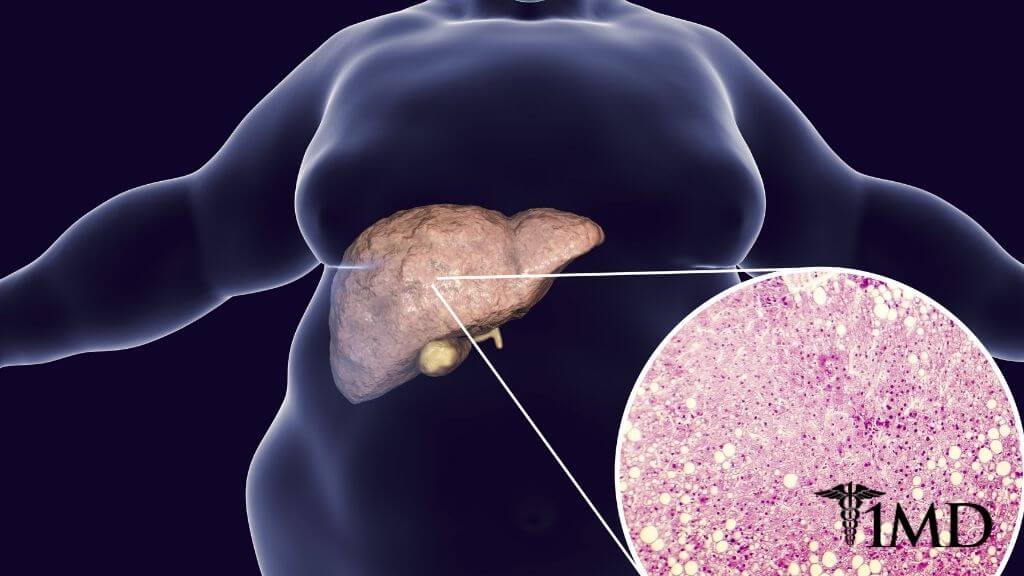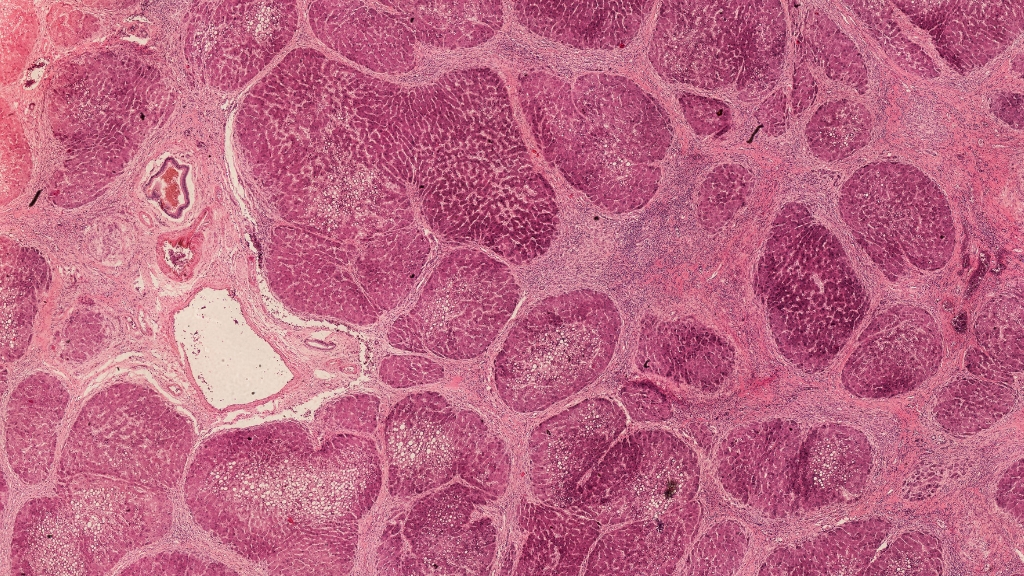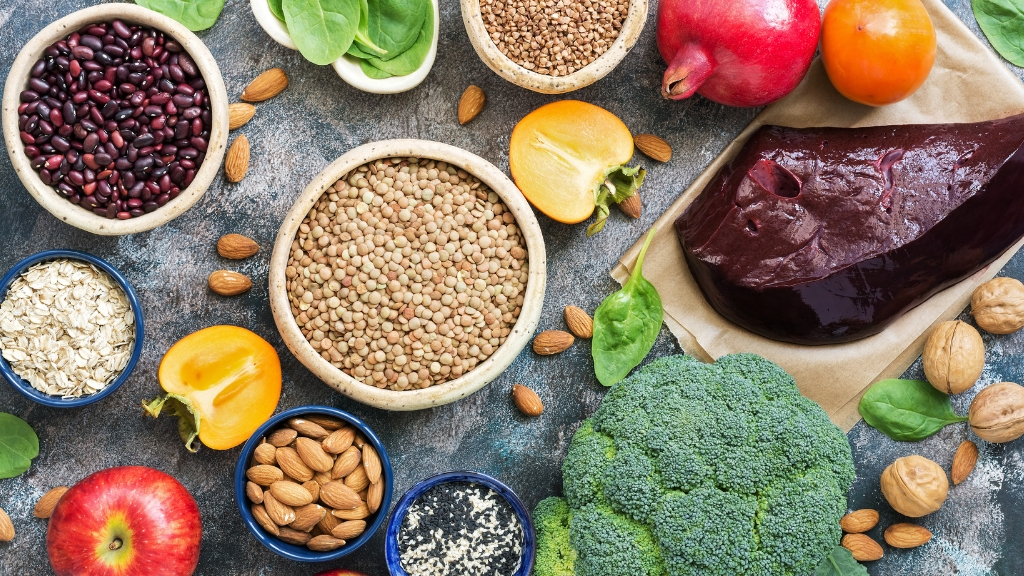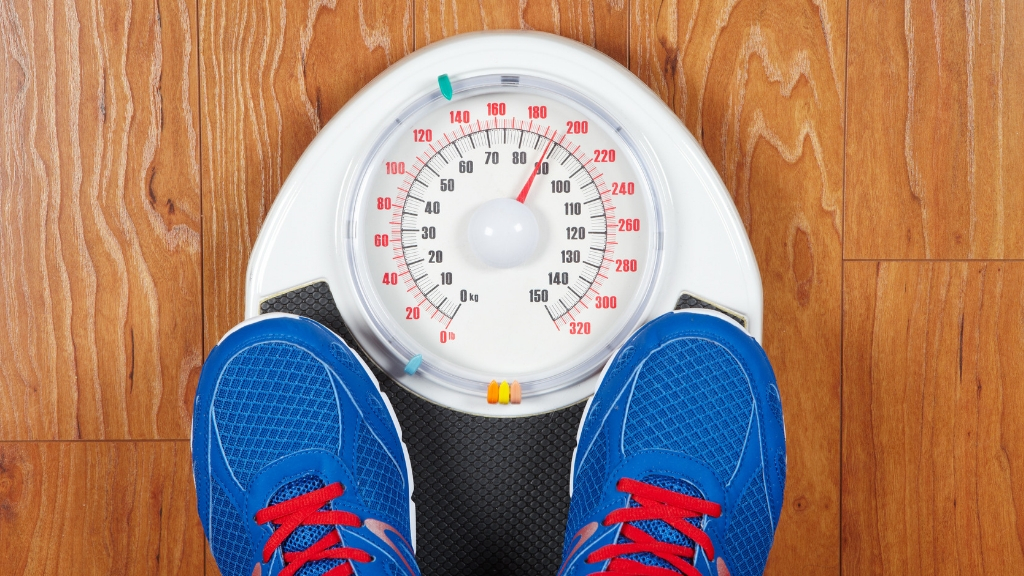Non-Alcoholic Fatty Liver Disease (NAFLD): Risks, Tips, and More
7 minute read
Key Takeaways
- What is NAFLD? Non-alcoholic fatty liver disease (NAFLD) is a condition where excess fat builds up in the liver, even in those who drink little to no alcohol. It is one of the most common liver conditions in the world.
- Major Risk Factors: The biggest risk factors include obesity, insulin resistance (common in type 2 diabetes), high blood pressure, and high levels of fat in the blood.
- It's Often Silent: NAFLD usually has no symptoms in its early stages. When they do appear, they can include fatigue and pain in the upper right abdomen.
- Prevention is Key: You can significantly reduce your risk—and even reverse early-stage NAFLD—through lifestyle changes like a balanced diet, regular exercise, and maintaining a healthy weight.
What is Non-Alcoholic Fatty Liver Disease (NAFLD)?
Non-alcoholic fatty liver disease, or NAFLD, is a growing health concern affecting millions worldwide. This condition is marked by the accumulation of excess fat in the liver cells, which is not caused by heavy alcohol use. While it's most common in adults over 40, NAFLD can develop at any age.
The liver is a vital organ that works hard to detoxify your body. When it becomes fatty, its ability to function properly is compromised. If left unaddressed, this can lead to more serious liver problems.

The Stages of NAFLD
NAFLD can progress through several stages:
-
Simple Fatty Liver (Steatosis): There is a buildup of fat in the liver, but it causes little to no inflammation or damage.
-
Non-alcoholic Steatohepatitis (NASH): In addition to excess fat, there is now inflammation in the liver. This inflammation can damage liver cells.
-
Fibrosis: Persistent inflammation leads to the development of scar tissue in the liver.
-
Cirrhosis: This is the most severe stage, where extensive scarring has hardened the liver tissue, severely impairing its function. Cirrhosis can lead to liver failure.
What Are the Symptoms of NAFLD?
In its early stages, NAFLD is often called a "silent disease" because it typically has no noticeable symptoms. However, as the condition progresses, you might experience:
-
Persistent fatigue and weakness
-
A dull pain in the upper right side of your abdomen
-
Enlarged blood vessels just beneath the skin's surface
-
Yellowing of the skin and eyes (jaundice)
Key Risk Factors for Developing NAFLD
While the exact cause of NAFLD is not fully understood, experts have identified several key risk factors that are strongly associated with the condition:
-
Obesity: This is the most common risk factor. Excess body fat, particularly abdominal fat, is strongly linked to fat accumulation in the liver.
-
Insulin Resistance: When your body's cells don't respond well to the hormone insulin, it can lead to high blood sugar and increased fat storage in the liver. This is common in individuals with type 2 diabetes.
-
High Cholesterol and Triglycerides: High levels of fats in your blood can contribute to liver fat.
-
High Blood Pressure: This is often part of a cluster of conditions known as metabolic syndrome, which significantly increases your risk.
How to Reduce Your Risk and Improve Liver Health
The best way to protect your liver is through proactive lifestyle changes. The good news is that these changes can not only prevent NAFLD but can also reverse it in its earlier stages.

1. Adopt a Liver-Friendly Diet
Your diet plays a crucial role in your liver's health. Focus on eating a balanced, whole-foods diet.
-
Eat More Fruits and Vegetables: These are rich in antioxidants and fiber, which protect the liver from damage and help it function optimally.
-
Choose Healthy Fats: Avoid saturated fats found in processed foods. Instead, opt for monounsaturated fats from sources like avocados, nuts, and olive oil.
-
Embrace Fiber: High-fiber foods like whole grains, legumes, and vegetables can improve liver function. Swap refined grains like white bread and white rice for whole-grain alternatives.
-
Stay Hydrated: Drink plenty of water throughout the day to help your liver flush out toxins.
2. Maintain a Healthy Weight
Losing even a small percentage of your body weight can significantly reduce liver fat and inflammation.
-
Focus on a Sustainable Diet: A balanced diet rich in fiber and protein can help you feel full longer, reducing overall calorie intake.
-
Combine Diet with Exercise: The combination of a healthy diet and regular physical activity is the most effective way to lose weight and keep it off.
3. Exercise Regularly
Physical activity is essential for a healthy liver.
-
Improved Blood Flow: Exercise boosts blood circulation, ensuring your liver gets the nutrients it needs and can efficiently remove toxins.
-
Weight Management: Regular exercise helps you burn calories and maintain a healthy weight.
-
Aim for Consistency: Try to get at least 30 minutes of moderate-intensity exercise, such as brisk walking, on most days of the week.
4. Consider Supplemental Support
Certain natural supplements have shown promise in supporting liver health.
-
Milk Thistle, Selenium, and ALA (Alpha-Lipoic Acid) are all known for their liver-protective properties. Selenium, in particular, has been studied for its potential to help reverse NAFLD.
-
Consult a Doctor: Always talk to your physician before starting any new supplement, especially if you have a pre-existing medical condition.
| Related: How Vitamin E Affects Your Liver: Tocotrienols vs. NAFLD |
 Diagnosis and Treatment of NAFLD
Diagnosis and Treatment of NAFLD
If you suspect you may have NAFLD, it's important to see a doctor.
-
Diagnosis: NAFLD is typically diagnosed through blood tests that check for elevated liver enzymes. Your doctor may also order imaging tests like an ultrasound or a CT scan to look for fat in the liver. In some cases, a liver biopsy may be necessary to determine the extent of the damage.
-
Medical Treatment: While there are no specific medications approved to treat NAFLD itself, doctors will focus on managing the conditions that contribute to it, such as prescribing medication for high blood pressure or diabetes.
Frequently Asked Questions (FAQ)
Q: Can you have fatty liver disease if you don't drink alcohol? A: Yes. This is called non-alcoholic fatty liver disease (NAFLD), and it's linked to metabolic factors like obesity and diabetes, not alcohol consumption.
Q: Can NAFLD be reversed? A: Yes, especially in its early stages. Lifestyle changes, including weight loss, a healthy diet, and regular exercise, can reduce liver fat and inflammation and even reverse early-stage damage.
Q: Is NAFLD a serious condition? A: It can be. If left untreated, NAFLD can progress to more severe conditions like cirrhosis and liver failure. This is why early detection and management are so important.
The Bottom Line
People underestimate the importance of the liver in comparison to organs like the heart and brain, but your liver health matters as well.
Like your brain and your heart, your longevity depends on its health, so work to prevent NAFLD by integrating liver-healthy choices into your life. To live your best life, you need a healthy liver.













